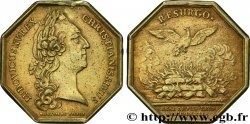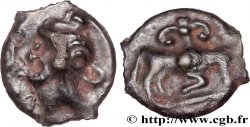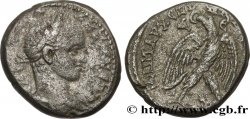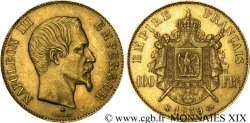E-auction 131-71999 - fjt_275455 - CANALI E TRASPORTO FLUVIALE Compagnie Universelle du Canal maritime de Suez 1869
Devi Sign-in ed essere un offerente approvato fare un'offerta, Login per fare offerte. Conti sono soggetti ad approvazione e di approvazione sono raggiunti entro 48 ore. Non aspettare fino al giorno di una vendita si chiude per registrarti.Confermando la tua offerta su questo oggetto ti impegni ad un contratto legalmente vincolante per l'acquisto di questo prodotto e fare clic su «offerta» costituisce accettazione dei termini di utilizzo de e-auctions cgb.fr.
Offerta deve essere collocato in euro gli importi interi vendita only.The si chiuderà al momento sulla descrizione dell'oggetto, eventuali offerte pervenute al sito dopo l'orario di chiusura non verranno eseguite. Volte transmition possono variare e le offerte potrebbero essere respinto se si attende per gli ultimi secondi. Per ulteriori informazioni ckeck le FAQ.
SENZA COSTI PER GLI ACQUIRENTI.
SENZA COSTI PER GLI ACQUIRENTI.
| Valutazione : | 180 € |
| Prezzo : | 46 € |
| Offerta maxima : | 63 € |
| Data di fine vendita : | 19 ottobre 2015 18:38:00 |
| partecipanti : | 7 partecipanti |
Tipo : Compagnie Universelle du Canal maritime de Suez
Data: 1869
Metallo : bronzo o rame
Diametro : 42 mm
Asse di coniazione : 12 h.
Peso : 40 g.
Orlo : lisse
Marchio : corne BR
Grado di rarità : R2
N° nelle opere di riferimento :
Diritto
Titolatura diritto : L'EPARGNE. FRANÇAISE. PRÉPARE. LA. PAIX. DV. MONDE.
Descrittivo diritto : Une allégorie, la Fortune ou la France assise à droite sur un ballot, tenant un sceptre et un flambeau, une corne d'abondance renversée à ses pieds devant l'Épargne debout à droite lui tendant un tronc ; derrière, symbole du commerce et de l'industrie ; au fond, un plan du canal.
Rovescio
Titolatura rovescio : COMPAGNIE. VNIVERSELLE. DV. CANAL. MARITIME. DE. SVEZ. ; AU CENTRE LE./ 17. NOVEMBRE./ 1869./ LE. CANAL. MARITIME./ A. ETE. OUVERT./ A. LA./ GRANDE. NAVIGATION.
Descrittivo rovescio : en sept lignes.
Commento
Aussi étrange que cela puisse paraître la version en bronze de ce jeton est très rare, c’est la première fois que nous la présentons à la vente.
La possibilité de faire un canal entre la mer Méditerranée et la mer Rouge fut démontrée dés 1841. Ferdinand de Lesseps, bénéficiant de l’amitié du vice-roi Saïd Pacha, entreprit la réalisation du projet. Ayant obtenu une concession de quatre-vingt-dix-neuf ans, il fonde la Compagnie universelle du canal de Suez avec 400.000 actions de 500 francs souscrites pour plus de la moitié par des Français. Les travaux commencèrent en 1859 mais s’interrompirent en 1863 sous la pression anglaise. L’intervention de Napoléon III sauva l’entreprise et les travaux recommencèrent en 1866. Le 17 novembre 1869, le canal était inauguré en présence de l’impératrice Eugénie, de l’empereur François-Joseph, des princes héritiers de Grande-Bretagne et de Prusse, d’Abd-el-Kader. Long de 162 kilomètres, le canal abrégeait de 8000 kilomètres le trajet Londres-Bombay. En 1888, le canal reçut un statut international et devait désormais être ouvert à tous en temps de paix ou de guerre, ce qui ne fut pas toujours respecté notamment lors des deux Guerres mondiales.
Le 25 novembre 1854, Ferdinand de Lesseps (1805-1894) reçoit une concession de 99 ans lui donnant "le pouvoir exclusif de constituer et diriger une Compagnie Universelle pour le percement de l'isthme de Suez". Les travaux commencèrent en 1861. Le Canal fut inauguré par l'Impératrice Eugénie et le Khédive d'Égypte en 1869. Cette médaille est fabriquée en plein scandale de Panama alors que F. de Lesseps a besoin de 600 millions de francs or auprès de l'épargne française. Il a besoin d'un vote à l'Assemblée et fait corrompre des députés dont Clémenceau par le baron Reinach. Ces députés seront appelés les chéquards (au total 104). Le scandale éclate en 1888 et éclabousse les institutions de la République.
As strange as it may seem, the bronze version of this token is very rare, this is the first time we have presented it for sale..
The possibility of building a canal between the Mediterranean Sea and the Red Sea was demonstrated as early as 1841.. Ferdinand de Lesseps, benefiting from the friendship of Viceroy Said Pasha, undertook the realization of the project. Having obtained a ninety-nine-year concession, he founded the Universal Suez Canal Company with 400. 000 shares of 500 francs subscribed for more than half by French people. Work began in 1859 but was interrupted in 1863 under English pressure.. The intervention of Napoleon III saved the enterprise and work began again in 1866.. On November 17, 1869, the canal was inaugurated in the presence of Empress Eugenie, Emperor Franz Joseph, the Crown Princes of Great Britain and Prussia, and Abd-el-Kader. At 162 kilometers long, the canal shortened the London-Bombay journey by 8,000 kilometers.. In 1888, the canal was granted international status and was to be open to all in times of peace or war, which was not always respected, particularly during the two World Wars..
On November 25, 1854, Ferdinand de Lesseps (1805-1894) received a 99-year concession giving him \\\"the exclusive power to establish and direct a Universal Company for the drilling of the Isthmus of Suez.\\\". Work began in 1861. The Canal was inaugurated by Empress Eugenie and the Khedive of Egypt in 1869. This medal was made in the middle of the Panama scandal when F. de Lesseps needs 600 million gold francs from French savings. He needs a vote in the Assembly and has deputies including Clémenceau bribed by Baron Reinach.. These deputies will be called the chéquards (104 in total). The scandal broke out in 1888 and tarnished the institutions of the Republic.
La possibilité de faire un canal entre la mer Méditerranée et la mer Rouge fut démontrée dés 1841. Ferdinand de Lesseps, bénéficiant de l’amitié du vice-roi Saïd Pacha, entreprit la réalisation du projet. Ayant obtenu une concession de quatre-vingt-dix-neuf ans, il fonde la Compagnie universelle du canal de Suez avec 400.000 actions de 500 francs souscrites pour plus de la moitié par des Français. Les travaux commencèrent en 1859 mais s’interrompirent en 1863 sous la pression anglaise. L’intervention de Napoléon III sauva l’entreprise et les travaux recommencèrent en 1866. Le 17 novembre 1869, le canal était inauguré en présence de l’impératrice Eugénie, de l’empereur François-Joseph, des princes héritiers de Grande-Bretagne et de Prusse, d’Abd-el-Kader. Long de 162 kilomètres, le canal abrégeait de 8000 kilomètres le trajet Londres-Bombay. En 1888, le canal reçut un statut international et devait désormais être ouvert à tous en temps de paix ou de guerre, ce qui ne fut pas toujours respecté notamment lors des deux Guerres mondiales.
Le 25 novembre 1854, Ferdinand de Lesseps (1805-1894) reçoit une concession de 99 ans lui donnant "le pouvoir exclusif de constituer et diriger une Compagnie Universelle pour le percement de l'isthme de Suez". Les travaux commencèrent en 1861. Le Canal fut inauguré par l'Impératrice Eugénie et le Khédive d'Égypte en 1869. Cette médaille est fabriquée en plein scandale de Panama alors que F. de Lesseps a besoin de 600 millions de francs or auprès de l'épargne française. Il a besoin d'un vote à l'Assemblée et fait corrompre des députés dont Clémenceau par le baron Reinach. Ces députés seront appelés les chéquards (au total 104). Le scandale éclate en 1888 et éclabousse les institutions de la République.
As strange as it may seem, the bronze version of this token is very rare, this is the first time we have presented it for sale..
The possibility of building a canal between the Mediterranean Sea and the Red Sea was demonstrated as early as 1841.. Ferdinand de Lesseps, benefiting from the friendship of Viceroy Said Pasha, undertook the realization of the project. Having obtained a ninety-nine-year concession, he founded the Universal Suez Canal Company with 400. 000 shares of 500 francs subscribed for more than half by French people. Work began in 1859 but was interrupted in 1863 under English pressure.. The intervention of Napoleon III saved the enterprise and work began again in 1866.. On November 17, 1869, the canal was inaugurated in the presence of Empress Eugenie, Emperor Franz Joseph, the Crown Princes of Great Britain and Prussia, and Abd-el-Kader. At 162 kilometers long, the canal shortened the London-Bombay journey by 8,000 kilometers.. In 1888, the canal was granted international status and was to be open to all in times of peace or war, which was not always respected, particularly during the two World Wars..
On November 25, 1854, Ferdinand de Lesseps (1805-1894) received a 99-year concession giving him \\\"the exclusive power to establish and direct a Universal Company for the drilling of the Isthmus of Suez.\\\". Work began in 1861. The Canal was inaugurated by Empress Eugenie and the Khedive of Egypt in 1869. This medal was made in the middle of the Panama scandal when F. de Lesseps needs 600 million gold francs from French savings. He needs a vote in the Assembly and has deputies including Clémenceau bribed by Baron Reinach.. These deputies will be called the chéquards (104 in total). The scandal broke out in 1888 and tarnished the institutions of the Republic.







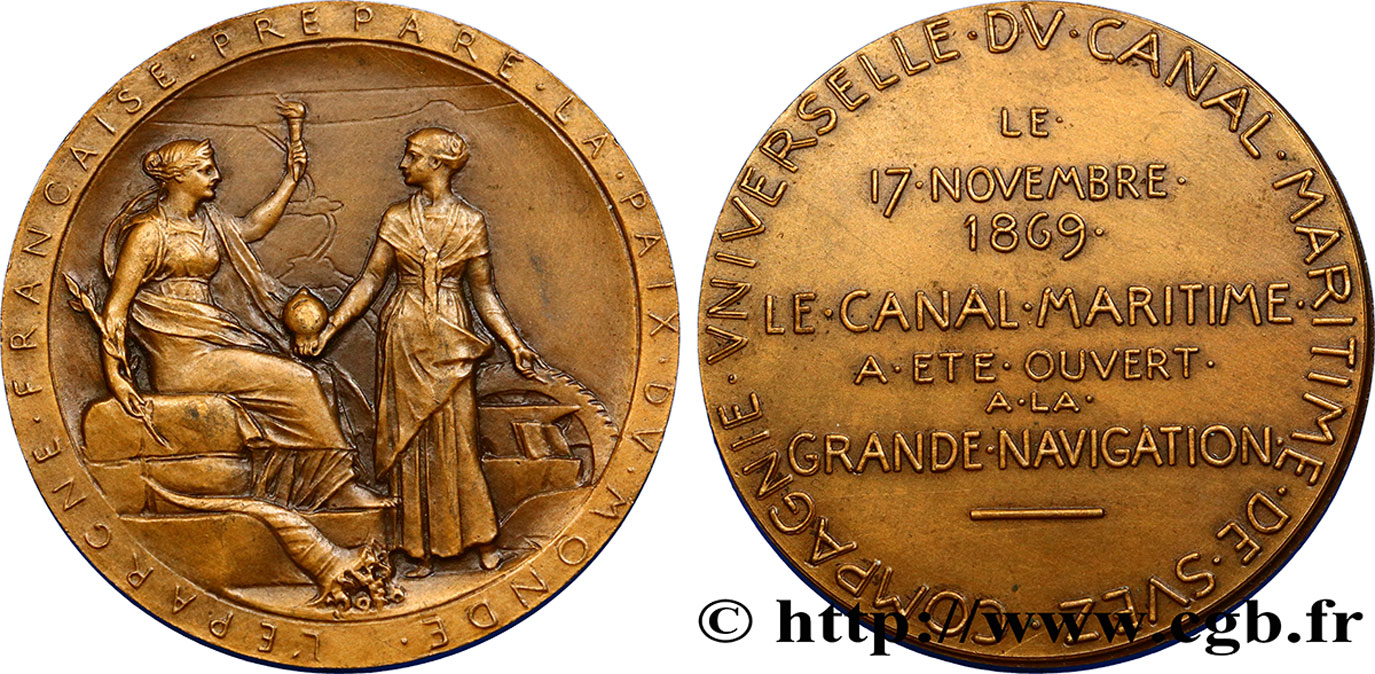
 Segnalare un errore
Segnalare un errore Stampate la pagina
Stampate la pagina Condividi mia selezione
Condividi mia selezione Fai una domanda
Fai una domanda Consegnare / vendere
Consegnare / vendere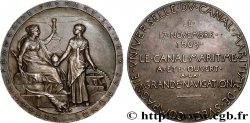
 Descrittivo
Descrittivo


